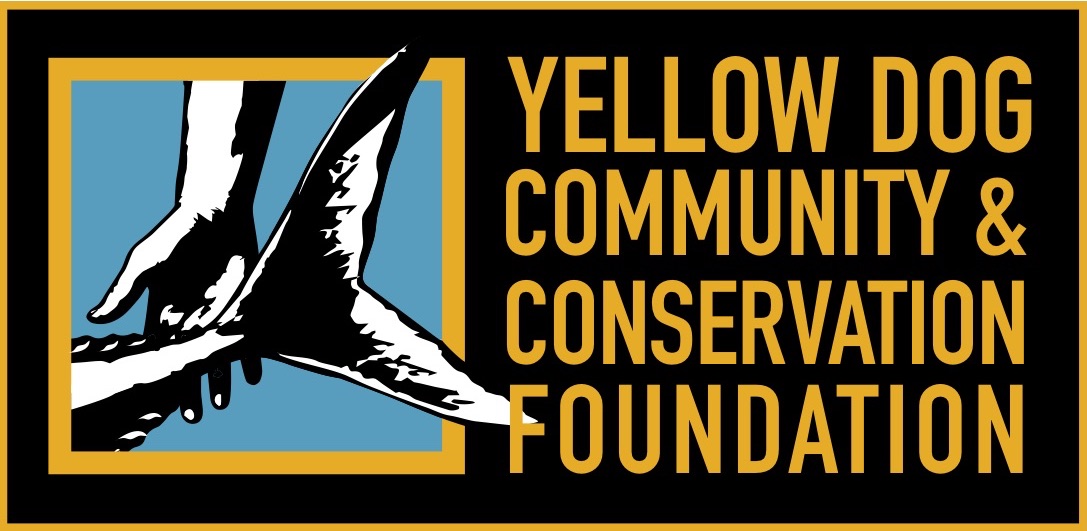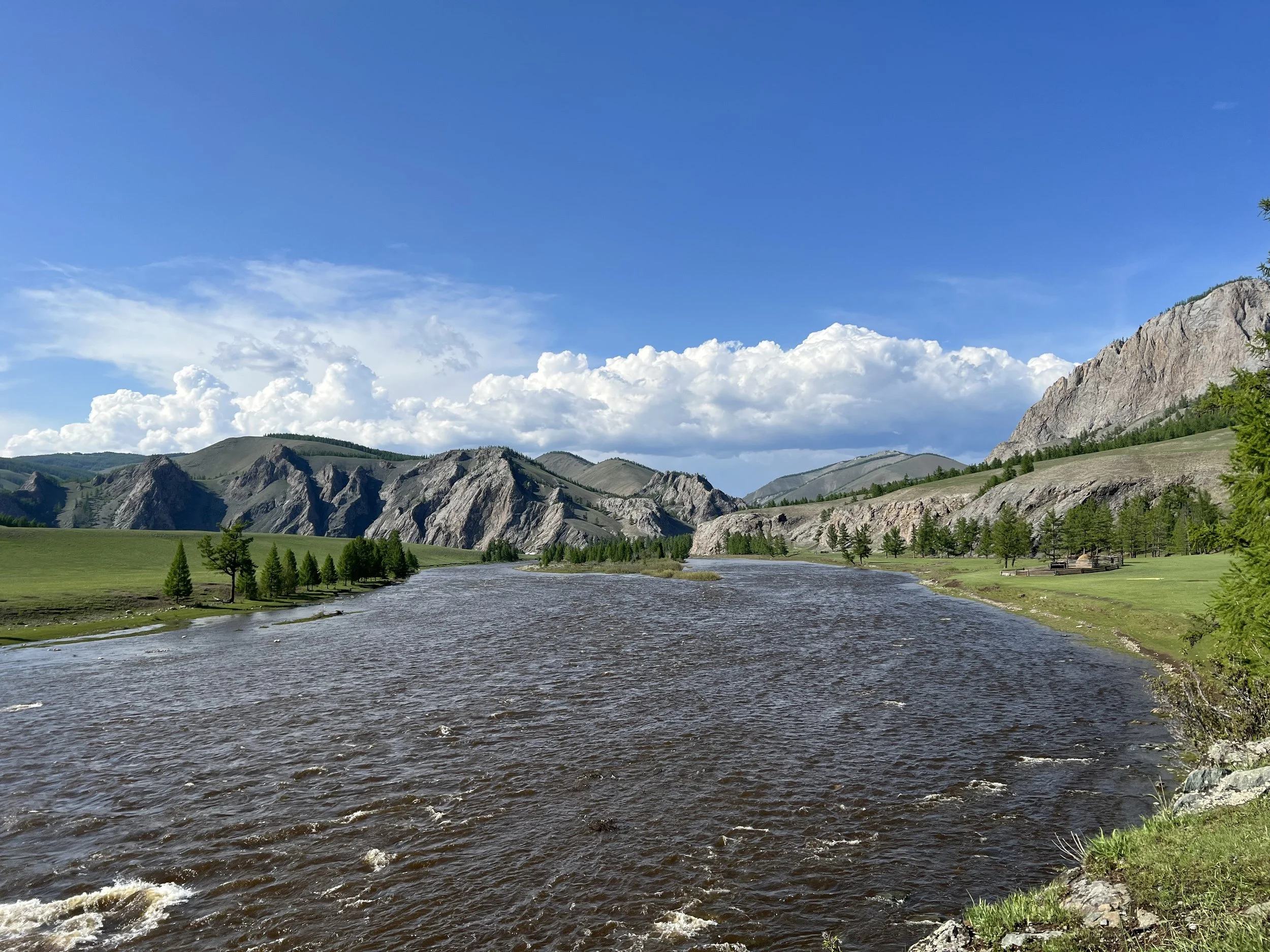Wild Salmon Center Mapping Taimen Strongholds
Taimen, the world’s largest salmonids, are a culturally revered fish in Mongolia. The Wild Salmon Center’s aim is to secure the last, best taimen strongholds in Mongolia, in partnership with a number of organizations including YDCCF Partner Mongolia River Outfitters. Implementing the WSC model of using the best available science and building and supporting local capacity, they intend to achieve multi-decadal, durable conservation outcomes. With support from the Yellow Dog Community & Conservation Foundation’s grant for the Taimen Strongholds Mapping Project, as of June 2025, WSC has successfully carried out key activities and made meaningful progress aligned with three main goals, detailed below by WSC staff:
Goal 1) Complete Status Assessment: We assessed the population status of Siberian taimen in each river system in Mongolia. The information is critical for updating the Red List of Fishes of Mongolia, led by Mongolian fish researchers, and for ensuring that conservation efforts are aligned with current threats and ecological conditions. We also evaluated both current and potential threats from proposed mega-projects that may be developed over the next decade. These threats are being addressed in the Strategy and Road Map for Fish Conservation in Mongolia (2025–2035), which is currently under development. We are also developing a cumulative threat index for taimen. This tool provides a comprehensive overview of threat levels across the species’ range by integrating data into a Cumulative Disturbance Index. The analysis helps identify high-risk areas where conservation efforts should be prioritized, as well as regions where proactive actions can maintain or enhance habitat quality. Findings from this threat index will serve as essential input for the above-mentioned policy document.
Goal 2) Share Results to Drive Conservation Policy and Stewardship: WSC has actively shared our findings, knowledge, and recommendations through social media, published reports, and a range of meetings from small gatherings to large stakeholder events. Notably, WSC organized the first national stakeholder meeting on fisheries and freshwater ecology in over 60 years. This landmark event brought together environmentalists, fish biologists, ecologists, anglers, and private sector representatives for the first time. As part of the development of the Strategy and Road Map for Fish Conservation in Mongolia (2025–2035), WSC is serving not only as a coordinator but also as a bridge between diverse stakeholders. Our role extends beyond simply sharing research we are facilitating collaboration, building consensus, and helping to shape national conservation priorities.
Goal 3) Document the Current Status of Populations and Habitats and Track Changes Over Time: In Mongolia, there has been a significant gap in data-driven spatial conservation planning for freshwater ecosystems and flagship species such as the Siberian taimen. This project aims to fill that gap by synthesizing current and future findings to support the development of effective, long-term conservation strategies. These strategies will help ensure the health of fisheries, rivers, and communities across Mongolia. Additionally, this work will establish a foundation for monitoring key conservation indicators and tracking ecological changes over time, crucial for evaluating the effectiveness of conservation programs and adapting efforts as needed.




